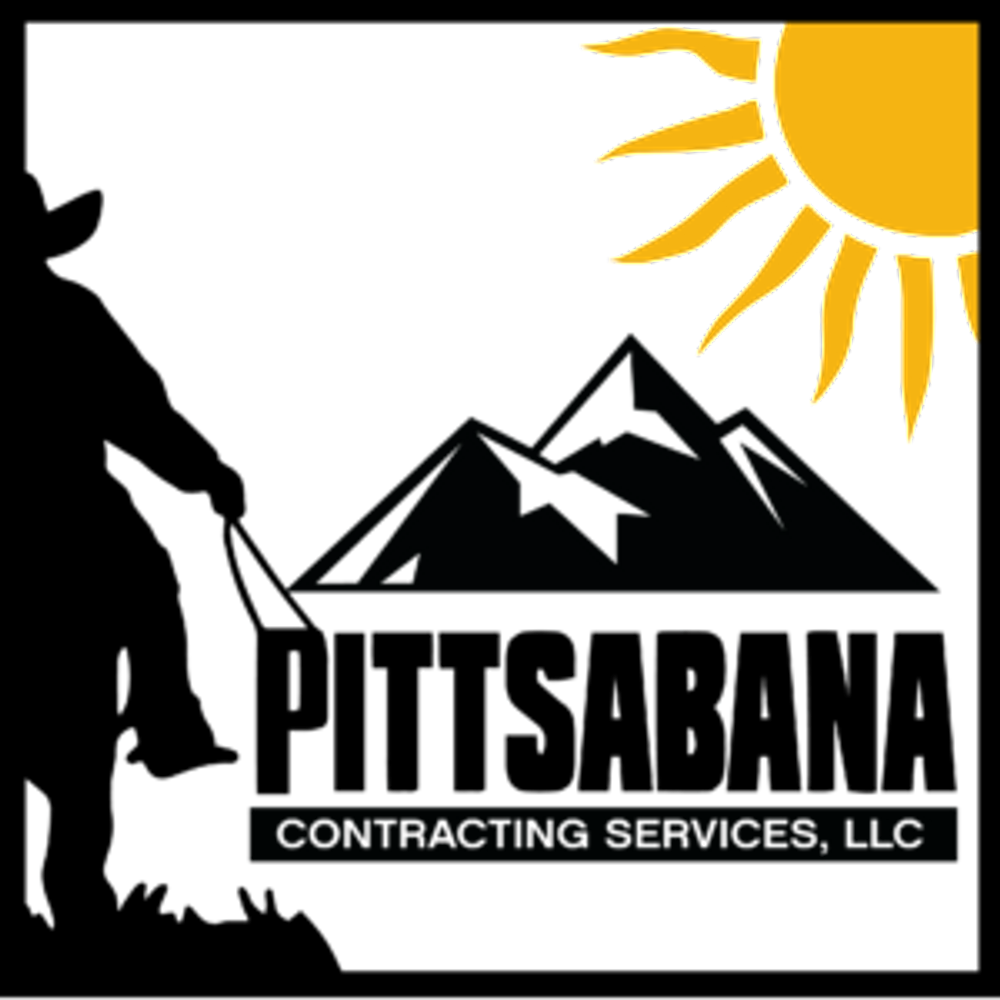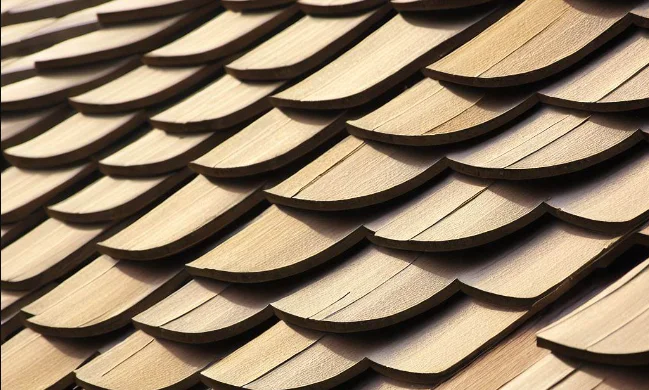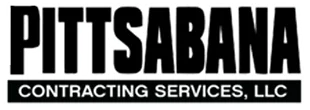Shake-style roofing is a popular roofing option for homeowners who want to achieve a classic, natural look for their home’s exterior. Shake-style roofing is designed to replicate the look of wooden shakes, but is made of a synthetic material that offers many benefits over traditional wooden shakes. In this article, we’ll explore the ins and outs of shake-style roofing, including what it is, how it compares to wooden shakes, the cost of cedar shake roofs, and the pros and cons of shake-style roofing.
What Is Shake-Style Roofing?
Shake-style roofing is a roofing material that replicates the look of wooden shakes. While traditional wooden shakes are made from natural wood and are susceptible to rot, insect damage, and fire, shake-style roofing is made from a synthetic material that offers many benefits over traditional wooden shakes. Shake-style roofing is available in a variety of colors and finishes, making it a versatile option for homeowners looking to achieve a specific aesthetic for their home’s exterior.
What are Wooden Shakes?
Wooden shakes are a traditional roofing material made from natural wood. Wooden shakes are cut from logs and split by hand to create a rustic, natural look. While wooden shakes offer a classic look for a home’s exterior, they are susceptible to rot, insect damage, and fire. Additionally, wooden shakes require regular maintenance and can be expensive to install.
Shake-Style vs. Wooden Shakes
While shake-style roofing is designed to replicate the look of wooden shakes, it offers many benefits over traditional wooden shakes. Shake-style roofing is made from a synthetic material that is designed to resist rot, insect damage, and fire. Additionally, shake-style roofing requires little to no maintenance and can be more affordable than wooden shakes. Shake-style roofing is also available in a variety of colors and finishes, making it a versatile option for homeowners.
How much will a cedar shake roof cost?
The cost of a cedar shake roof can vary depending on a number of factors, including the size of the roof, the pitch of the roof, and the quality of the cedar shakes used. On average, a cedar shake roof can cost between $600 and $900 per square foot. While cedar shake roofs can be more expensive than other roofing options, they offer a classic look and are durable and long-lasting.
Shake-Style Pros and Cons
Shake-style roofing offers many benefits over traditional wooden shakes, including durability, low maintenance, and affordability. However, there are also some drawbacks to shake-style roofing. One potential drawback is that shake-style roofing may not offer the same natural look as traditional wooden shakes. Additionally, shake-style roofing may not be suitable for every home’s aesthetic.
Overall, shake-style roofing is a popular and versatile option for homeowners looking to achieve a classic, natural look for their home’s exterior. Whether you opt for traditional wooden shakes or a synthetic shake-style roofing material, it’s important to consider the cost, maintenance requirements, and aesthetic appeal of each option before making a decision.
How long does a cedar shake roof last?
Cedar shake roofs can last between 20 and 40 years, depending on the quality of the cedar shakes used, the climate in which the roof is located, and how well the roof is maintained. Regular maintenance, including cleaning and treating the roof, can help extend the lifespan of a cedar shake roof.
How to install cedar shake roof?
Installing a cedar shake roof requires specialized knowledge and expertise. It is recommended that homeowners hire a professional roofing contractor to install their cedar shake roof. The installation process typically involves the following steps:
- Preparation: The roof deck must be prepared by ensuring it is clean, dry, and free of debris.
- Underlayment: A layer of underlayment is installed over the roof deck to protect the roof from moisture.
- Installation of Cedar Shakes: The cedar shakes are installed on top of the underlayment, starting at the bottom of the roof and working up.
- Flashing: Flashing is installed around roof penetrations, such as chimneys and vents, to prevent water from entering the roof.
- Finishing: Once the cedar shakes are installed, the roof is finished with ridge caps to provide a finished look and to prevent water from entering the roof.
In conclusion, shake-style roofing is an excellent option for homeowners who want to achieve a classic, natural look for their home’s exterior without the maintenance and cost of traditional wooden shakes. While cedar shake roofs can be expensive, they offer durability and long-lasting performance. It is important to weigh the pros and cons of shake-style roofing and traditional wooden shakes before making a decision. Hiring a professional roofing contractor to install a cedar shake roof is recommended to ensure proper installation and long-lasting performance.



